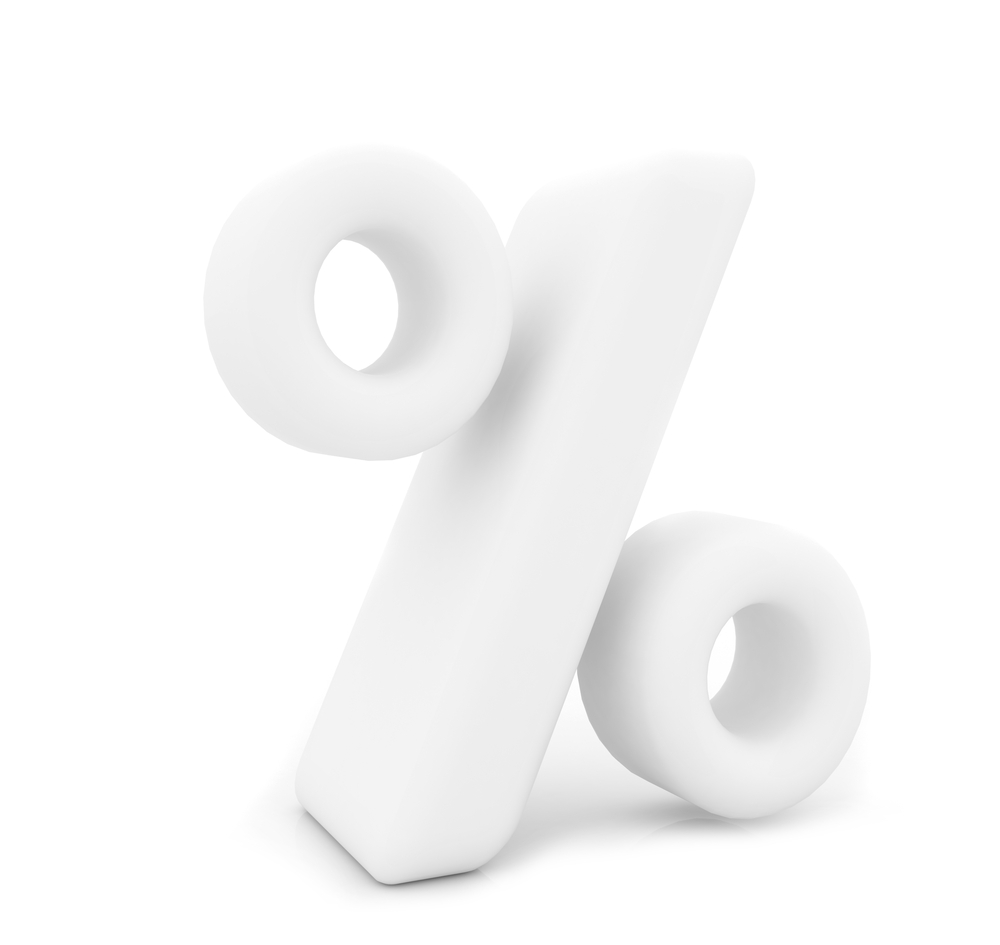3 min read

The home loan market is filled with a variety of options designed to meet the unique needs of different borrowers. One such option that has gained popularity among self-employed individuals and those with non-traditional income sources is the bank statement loan. Today, we'll delve into the nuances of interest rates associated with bank statement loans and why they differ from traditional mortgages.
What are Bank Statement Loans?
Before we get into interest rates, it's crucial to understand what a bank statement loan is. Simply put, a bank statement loan is a type of mortgage where lenders use bank statements to verify a borrower's income instead of traditional documentation like W-2 forms or tax returns. This makes them particularly appealing to borrowers who may have trouble proving their income using conventional methods.
Why are Interest Rates Higher for Bank Statement Loans?
Bank statement loans typically have higher interest rates compared to traditional mortgages. This disparity is primarily due to the perceived higher risk associated with these loans by the lender.
Unlike conventional loans, where lenders can easily verify income through W-2 forms and tax returns, bank statement loans rely on non-standard income documentation. As a result, the perceived risk of default is higher, leading to higher interest rates to compensate for the potential risk.
Moreover, bank statement loans often fall into the category of non-conventional mortgages or portfolio loans. These are loans that are kept on the lender's books rather than being sold on the secondary market. As a result, lenders may charge higher interest rates to protect against potential losses.
How are Interest Rates for Bank Statement Loans Calculated?
Interest rates for bank statement loans, like all home loans, are influenced by several factors, including credit score, loan-to-value ratio, and the borrower's financial history.
Typically, lenders will use 12 or 24 months of bank statements to calculate income, and a lower perceived income could result in a higher interest rate. Also, if your bank statements show inconsistent income, it might lead to a higher rate due to increased risk.
Navigating the Bank Statement Loan Landscape
While it's true that bank statement loans often come with higher interest rates, they can be an excellent option for self-employed individuals or those with unconventional income sources. Understanding the reasons for these higher interest rates can help you make an informed decision about whether a bank statement loan is the right fit for you.
Remember, securing the best possible interest rate isn't just about shopping around; it's also about improving your credit score, ensuring your financial situation is stable, and being able to provide as much proof of your income as possible.
In conclusion, bank statement loans offer an alternative path to homeownership for those who might not fit into the traditional lending mold. While the interest rates might be higher, the flexibility and convenience these loans offer can make them an attractive option for the right borrower. As with any financial decision, it's essential to do your research and consult with a trusted financial advisor or mortgage professional.
Table of Content

Take your pick of loans
Experience a clear, stress-free loan process with personalized service and expert guidance.
Get a quote


